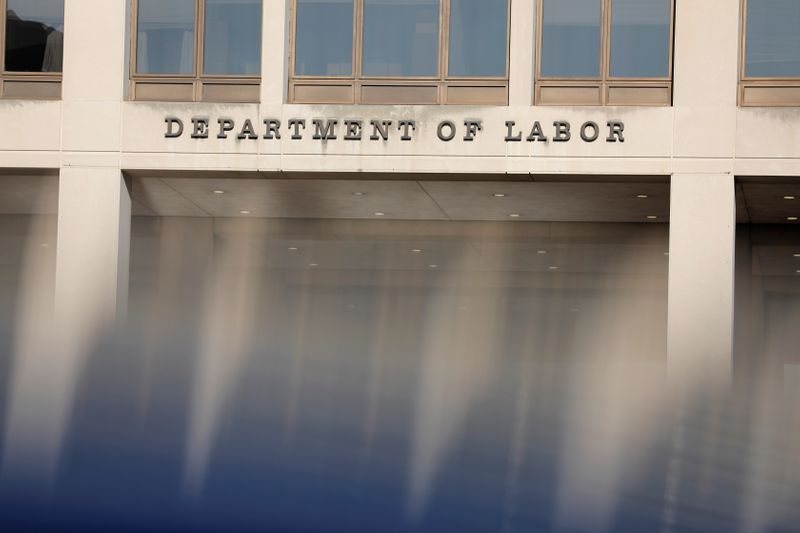Microvast Holdings announces departure of chief financial officer
By Geoffrey Smith
Investing.com -- Productivity slumped across the U.S. economy in the first quarter, as companies hoarded labor against the backdrop of an economic reopening.
The Labor Department said that nonfarm productivity fell 7.5%, its biggest quarterly drop since World War 2, while unit labor costs rose 11.6%, its biggest rise since the summer of 2020. Both figures were considerably worse than expected and testify to the inflationary forces currently overshadowing the economy. The rise in unit labor costs was partly the result of nominal wage growth running at over 5% all through the first quarter.
The figures are a testimony to the "frothy" nature of the labor market that has been a key concern of the Federal Reserve this year and one of the reasons for its half-point rise in interest rates on Wednesday.
Analysts said however that the productivity figures probably overstate underlying developments, and reflect the changing nature of work since the start of the pandemic.
"Looking further ahead, strong investment in technology, greater business dynamism, and lasting remote work all point to faster productivity gains," said Lydia Boussour, lead U.S. economist with Oxford Economics in a note to clients.
Already this week there has been evidence of tight labor market conditions continuing to stoke inflation well into the second quarter, with the Labor Department's monthly job openings survey showing workers quitting their jobs at the fastest rate ever. However, there have also been tentative signs of the market starting to turn: the Labor Department said initial jobless claims hit 200,000 for the first time in nearly two months last week, while the monthly report on job cuts from consultants Challenger, Gray & Christmas suggested the rate of job losses hit its fastest since June last year. That was the second straight monthly increase, and the first time this year that job cuts have risen in year-on-year terms.
"Job cut plans appear to be on the rise, particularly as companies assess market conditions, inflationary risks, and capital spending,” said Andrew Challenger, a senior vice president with the firm.
"Despite this, job openings are still at record highs. Workers who are being cut will have lots of opportunities and will likely land quickly,” he added.
The Labor Department releases its official monthly report on Friday. Analysts expect the economy to have added another 391,000 jobs last month, only a modest slowdown from 431,000 in March.
